Naked Lunch (dir. David Cronenberg, 1991)
It would be a struggle to imagine a filmmaker better suited to William S Burroughs’s vision of junkie hell than David Cronenberg. Cooking up some monsters of his own on the way — in the form of anus-flexing typewriter insects — Cronenberg adaptsNaked Lunch with the author’s nonchalant flair for the grotesque and flashes of black wit, but without imposing a linear narrative. Rather than attempting the impossible task of adapting the novel literally, Cronenberg treats the disjointed, hallucinatory novel as a secondary source, incorporating Burroughs himself and his well-documented drug habits. The resulting metaphorical approach to an already cut-up narrative translates the mixture of brilliance and repugnance into the language of film.
Naked Lunch makes its decisive break with reality in the opening moments, as Bill Lee (Peter Weller), the author’s surrogate, finds himself deluged with smallish bugs — precursors to the parade of increasingly huge and intelligent ones that derail his career as an exterminator. Bill sees his job as a metaphor, patrolling the miserable streets of New York on an endless quest to exterminate consciousness — aided on the way by the narcotic bug powder to which both he and his wife, Joan (Judy Davis), have become addicted. Joan’s initial incarnation does little more than shoot up with bug powder and conduct a lazy affair with one of Bill’s friends; yet inexplicably — or perhaps explicably in the logic of an addict — this raises Bill’s suspicions of her role in a spy ring. Or perhaps it’s the giant talking beetle that drops a hint to that effect who really convinces him, before he beats it to death with a shoe. An addition of Cronenberg’s own imagination, the playfully obscene creature evokes both the tone and the hallucinatory quality of the manuscript, without subjecting viewers to the strung-out protagonist’s ramblings.
Accordingly, Bill and Joan perform a ‘William Tell’ act, directly lifted from the fatal drug-fuelled incident between Burroughs and his wife, Joan Vollmer, in Mexico; and, like the real Burroughs, the culpable Lee escapes to Interzone, an echo of Tangier, where Burroughs wrote Naked Lunch. Interzone — a paranoid nightmare world of spies and junkies — shapes Lee’s fantasies as he tries to write himself out of his guilt, although distracted by figures like Joan 2.0 and her husband Tom Frost (Ian Holm), gay hustler Kiki (Joseph Scorsiani) and the eternally creepy Julian Sands as debauched Swiss fellow Yves Cloquet.
Here, in another boon for the goop-enamored Cronenberg, the drug of choice is, erm, the ejaculate of Mugwumps, large bony humanoid bugs whose heads spurt it out when sucked. Writers can draw their own conclusions as to the role of the evil Dr. Benway (Roy Scheider) and his housekeeper Fadela (Monique Mercure), who distribute the drug; in its natural form, the stuff oozes out when Bill writes something good, indeed in such profusions at one point that it turns into a quivering-buttocked sex blob that joins in the human congress.
There is, of course, no such place as Interzone; it, the Mugwumps and the pestilent writing machines are all figments of Lee's drug-exercised imagination. And the dispatches he files from this hallucinatory nether realm are actually the raw stuff of what would eventually become Naked Lunch. In his novel, Burroughs places himself in the lineage of fantastical satirists like Swift and in the path of cyber-punk futurists like Vonnegut; Cronenberg manages to capture the paranoid social satirist and the science-fiction writer in the author, visually tilting the story to some surrealistic dimension where deranged junkie fantasy and emotional reality intersect.
Burroughs’ own life, as recalled in the autobiographical fiction Junky, and the jaundiced, global perspective it gave him, imbue Naked Lunch with a sickly nostalgia for the thrills of early depravity, brought to life in the vivid yet jarringly busy barrage of supporting characters (both human and insect). These elements of the film ensure that Cronenberg’s version of Naked Lunch retains the almost hostile aspect of Burrough’s deliberately incoherent novel; an experience which evokes the emphatically ‘bad trip’ quality of withdrawal, cravings, and paranoia.
By the time the movie reaches a repellent fever pitch, with Fadela literally tearing her body open (a simple yet extravagantly weird evocation of the author’s thoughts on sexual identity), Naked Lunch has fully embraced the stomach-churning sickness of the real ‘junky’ experience, leaving its intellectual posturing and quote-weaving of the manuscript to one side. After 32 years, it remains a successful union of twisted minds.






